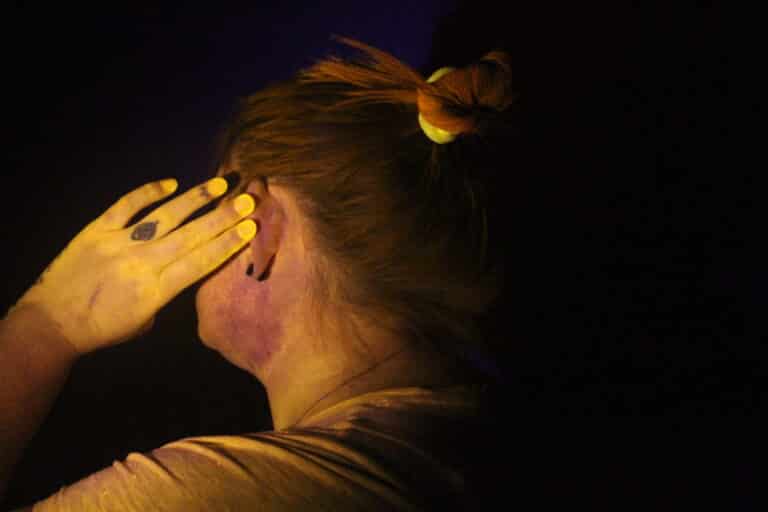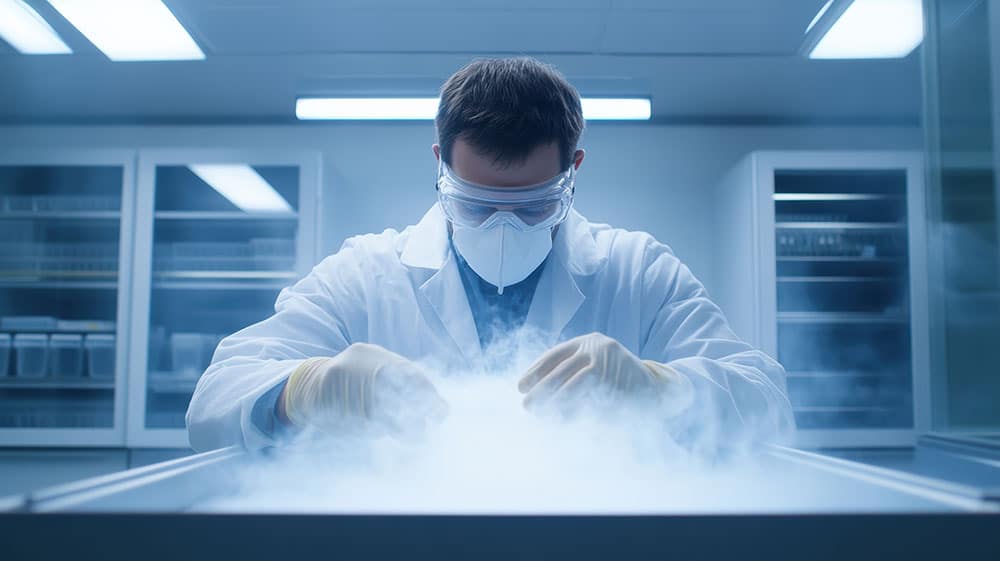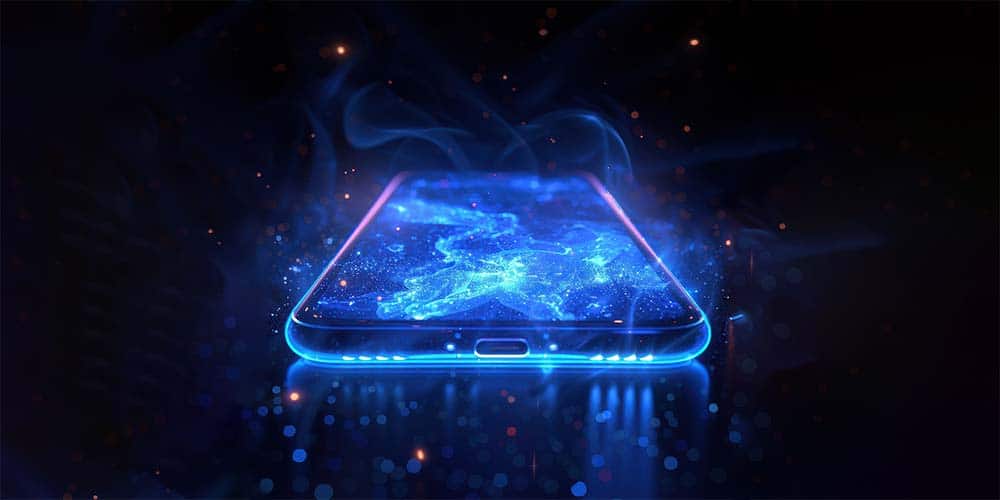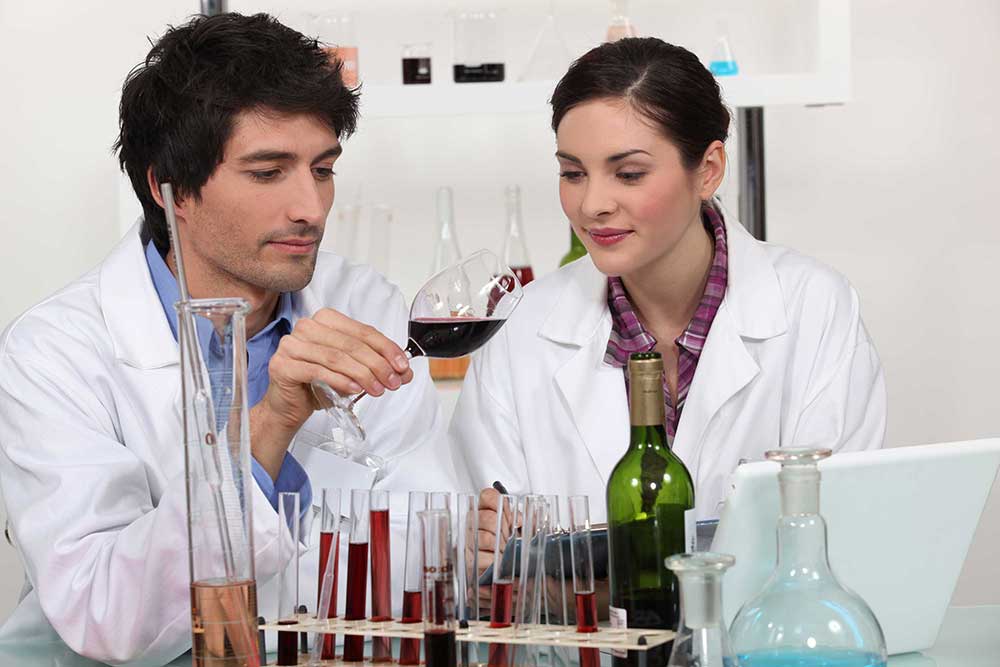Unveiling the Bright Side of Crime Investigation How Alternative Light Sources Illuminate the Shadows of Domestic Assault
- Forensics
- Howard Frank

In the world of crime investigation, some stories are as harrowing as they are intriguing. Picture this: a coastal town in Oregon, a case involving rape and strangulation, and a retired detective with a penchant for solving the unsolvable. But what sets this tale apart? It’s not your average investigation; it’s a radiant journey into the world of alternative light sources (ALS) and the witty detective who brings light to the darkest corners.
A Dark Crime in the City of Coos Bay
Our story begins in the serene coastal town of Coos Bay, Oregon, where the peaceful waves collide with a heinous crime. Imagine a woman, her life turned upside down, raped, and strangled by an intruder in her own home. This wasn’t just any assault; it was a felony, a violent act that could lead to a charge of attempted murder.
As the district attorney swiftly pressed charges against the assailant, a remarkable tool emerged from the shadows: alternative light sources (ALS). This unconventional technique, often used to uncover hidden fluids and other crime scene evidence, would soon take center stage, shedding new light on the case. It also shows bruises under the skin that conventional white light photography doesn’t pick up.
When ALS Saves the Day
The power of ALS wasn’t limited to just gathering evidence; it had the magic touch to unravel mysteries and spare victims the anguish of a trial. Imagine this: ALS was so persuasive that no defendant dared to face its evidence in court. It became a formidable weapon in the fight for justice, leaving defense attorneys with little room for dispute.
In the serene coastal enclave of Coos Bay, ALS found a new purpose: exposing the hidden and often unspoken crime of domestic assault. Nestled amid scenic landscapes and shielded by its own geography, this town felt like a world unto itself. In fact, they say that if you venture any farther west, you’ll find yourself drenched in the Pacific Ocean.
The ALS Crusader: Detective Randy Sparks
Now, meet our hero, Detective Randy Sparks, a retired law enforcement officer whose flirtation with retirement didn’t last long. He returned to the department, not for just any cases, but for the intricacies of domestic abuse investigations. Detective Sparks had devoted decades to unearthing the truth behind domestic violence, especially in cases involving strangulation.
But what is this alternative light source, you ask? ALS, short for forensic alternative light sources, are specialized tools used in forensic investigations. They can reveal and enhance evidence that often escapes the naked eye under normal lighting conditions or conventional white light photography. How? By emitting various wavelengths of light, ALS lets forensic experts detect and document vital evidence, from bodily fluids to latent fingerprints, fibers, bruises, bite marks, and more.
Shining the Light on Strangulation
Detective Sparks, a passionate proponent of ALS, doesn’t mince words: “I’m a huge proponent, just because we’re the only ones doing it on the Western coast.” His department primarily focuses on strangulation cases, and here’s why: “That’s our biggest bang for the buck,” he declares. “Domestic violence and strangulation involved in that are all felony cases.”
The Coos Bay Police Department uses a SPEX Forensics Mini-CrimeScope Advanced ALS.
When the Chief Deputy District Attorney encounters a strangulation case, two things are on her checklist: “Did you talk to the medical examiner who’s a forensic nurse, and did you get alternative light photos?” Surprisingly, the outcome is strikingly consistent—every case with alternative light photos has pleaded out, with none going to trial. Why? It’s a marvelous tool that allows investigators to trace the movement of blood beneath the skin, reinforcing the victim’s account of the events.
The Power of ALS and Interviews
Detective Sparks and ALS, combined with interviews, form a dynamic duo. “We can see the finger marks around the throat where the added pressures were applied, see the pressure up behind the ears, as well as the beatings and where the blood has flowed through there,” Sparks explains. This technique offers invaluable support to victims and the courts by revealing the hidden scars of their ordeal.
But what’s the process like? It all starts with white light photos, taken from head to toe, before transitioning to filtered photos in the darkroom. It’s a meticulous process, as ALS requires expertise. Different materials react differently to various wavelengths of light, which forensic experts must master to document findings accurately.
When Light Speaks Truth
As Detective Sparks describes it, traditional white light photography often falls short in capturing the true extent of injuries, leaving investigators with nothing but the testimony of alleged victims. ALS, on the other hand, with its specialized filters and lighting equipment, unveils hidden bruises and marks lurking beneath the skin’s surface.
With ALS, investigators can capture images even in a dark room. While it may not capture fingerprints, it reveals finger impressions under the skin. In cases of domestic violence, where attackers leave distinct marks, ALS becomes an irrefutable witness to the victim’s plight.
ALS: A Game-Changer in Strangulation Cases
One of the most significant impacts of ALS is felt in strangulation cases. Victims of this form of violence often struggle to have their stories believed, as the evidence may not be immediately visible. However, ALS leaves no room for doubt. It reveals finger impressions around the throat, discolorations, and the aftermath of the attacks, turning the victim’s claims into undeniable facts.
While ALS has been in use for about two decades, its full potential in strangulation cases was realized only in recent years. Before that, it was primarily employed in child abuse investigations. Detective Sparks’ expertise and dedication to this technique have transformed many cases from uncertainty to clarity. Collaborating with forensic nurses, he meticulously documents injuries and engages with victims to understand their experiences. The images captured with ALS serve as more than just courtroom evidence; they offer victims validation and empowerment, giving their narratives visual credence.
Beyond the Courtroom: Healing Through ALS
The impact of ALS transcends the courtroom. Victims who participate in the process find a sense of closure and support. Detective Sparks takes the time to sit down with victims, showing them the images and explaining how each bruise and mark speaks to their experience. It’s a profound way to help them heal and reaffirm their courage in seeking justice.
A Radiant Future for Justice
As Detective Randy Sparks reflects on his journey, he envisions a future where ALS becomes a staple in law enforcement. To him, ALS is not just a method of capturing images; it’s a beacon of truth and hope for those who need it most. It’s a transformative force in the world of crime investigation, ensuring that the truth always finds its way out of the shadows.
We can’t help but marvel at the brilliance of ALS and the dedicated individuals like Detective Sparks who champion its cause. Their unwavering commitment to justice leaves an indelible mark, illuminating the path toward a brighter, safer world. Just as Detective Sparks gazes out at the tranquil Oregon coast, he knows that the light he helped shine will continue to guide the way to justice for years to come.


